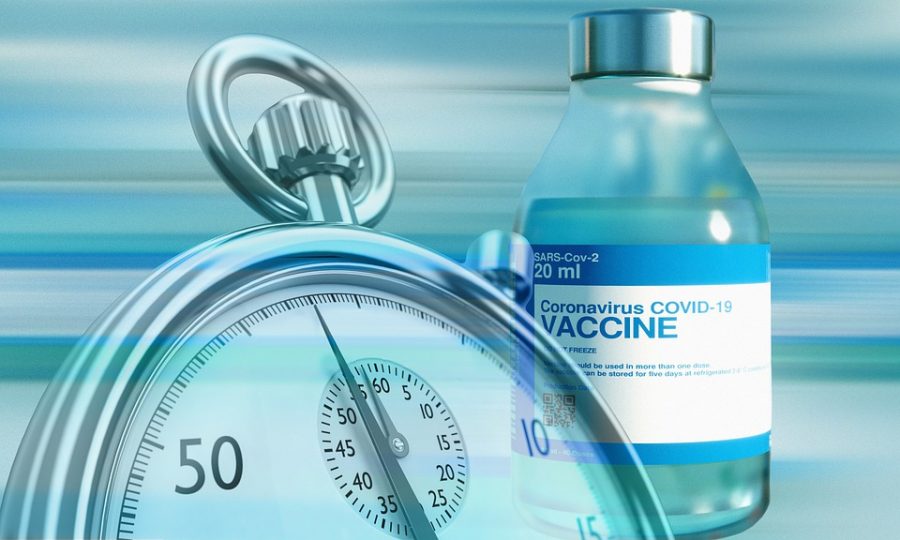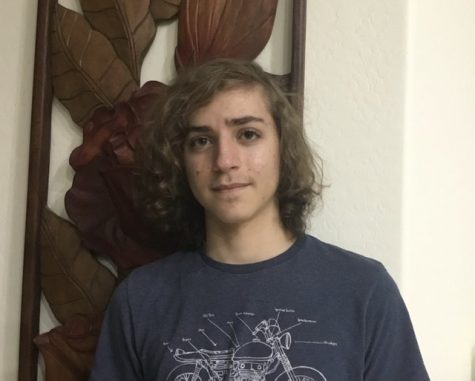Understanding our vaccination progress
May 10, 2021
As of April 21st, about 4.6 million Arizonians have received at least one dose of the COVID-19 vaccine. With 25.4 percent of Arizona’s total population has received two vaccines, the state comes in at 22nd place in the country.
Arizona’s number of new coronavirus cases has remained on a mostly downward trend after the holiday season surge. However, the fight to curb the spread of the virus is still an ongoing process. According to the CDC, even fully vaccinated people should continue to take precautions when traveling, especially when around those at an increased risk for developing a severe case of COVID-19.
On the other hand, there are many Arizonans who do not plan to take a vaccine at all. According to a poll conducted by the U.S. Census Bureau, 27.9 percent of unvaccinated adults in Arizona reported that they will probably not or definitely not get a vaccine in the future. Most of these participants expressed concerns about the safety of the vaccine and its possible side effects.
Consequently, many fear that widespread vaccine hesitancy could stifle the progress already made. Achieving herd immunity across the country is crucial to the U.S. plan to halt the spread of the virus, as immunized people are less likely to contribute to the new cases and the deaths of immunocompromised people.
Nationally, around 36.8 percent of Americans have received at least one dose of the COVID-19 vaccine. By administering 3.38 million doses per day on average, the country could make a return to normalcy before the end of 2021.
These numbers are relatively high when compared to the rest of the world. With the bulk of vaccines concentrated in wealthy countries, most of the world will remain unvaccinated for a longer period of time. In the end, the global vaccination effort will be a much slower process in developing nations.
The cost of these vaccines is not the only issue these countries face. Many areas of the world are experiencing issues that prolong wait times for the arrival of vaccines. Ultimately, poor infrastructure and instability might make it extremely difficult to transport and preserve them in these places.
In Pakistan, for example, delivering vaccines could become a death sentence in certain areas. Due to the spread of a belief that vaccinations are a nefarious western plot, many chose not to take the polio vaccine in 2012. More than 100 of those healthcare workers involved in the vaccine’s distribution were killed.
Most people in low income countries risk losing out of getting vaccinated from COVID-19. Unless something changes, billions of people will not receive anything for years to come.



